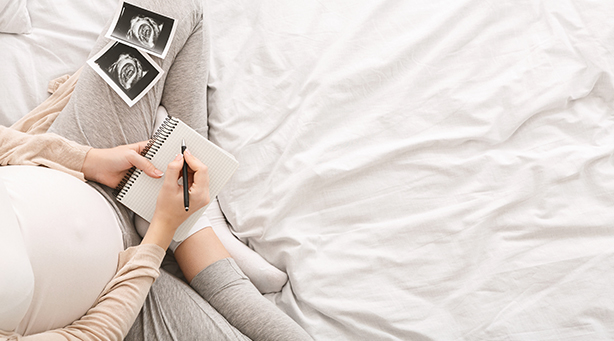Procedures
Minimally invasive surgery (keyhole surgery)
Overview
Minimally invasive surgery or keyhole surgery is a surgical procedure which involves the surgeon using a thin tube that has a camera attached to it and miniaturized tools, to access the interior of the body through a small keyhole incision. Keyhole surgery is commonly used to access the abdomen, and the female pelvic organs in a procedure called a laparoscopy. It reduces the duration required to stay in hospital and leaves little scarring.
When is keyhole surgery needed?
Minimally invasive surgery may be done to diagnose certain medical conditions as well as treat them by performing several surgical procedures such as removing damaged or diseased organs, or parts of organs. It is commonly used in:
- Gastroenterology – To diagnose and treat digestive system conditions.
- Gynaecology – To diagnose and treat female reproductive system conditions.
- Urology – To diagnose and treat urinary system conditions.
These conditions may include:
- Appendicitis
- Inflammation of the gallbladder/gallstones
- Pelvic inflammatory disease
- Endometriosis
- Ectopic pregnancy
- Ovarian cyst
- Fibroids
- Female infertility
- Unexplained abdominal or pelvic pain
It may also be used to take a tissue sample in a procedure called a biopsy. A biopsy involves extracting a small portion of tissue from the specific area, before sending it to a laboratory for analysis, if you have a tumour.
How is keyhole surgery performed?
Keyhole surgery is normally performed under general anaesthesia. When you are unconscious, Dr Hlabisa will first clean the skin where the problem is and then make several small incisions. If this is done to diagnose a condition, only one incision will be made. Otherwise, several incision may be made in order to pass through surgical instruments in order to help Dr Hlabisa perform the surgery. Gas, normally carbon dioxide, or rarely, nitrous oxide, may be inserted through one of the incision and inflated in the abdomen to allow for better viewing of the internal organs. A laparoscope will be inserted through an incision to allow the gynaecologist to see the interior of the abdomen while performing the surgery. After the surgery, all instruments will be removed and the incisions will be stitched close.




